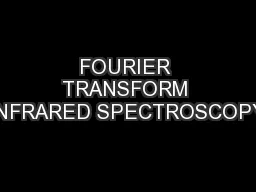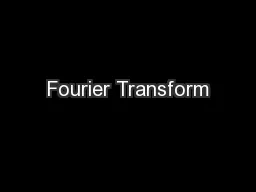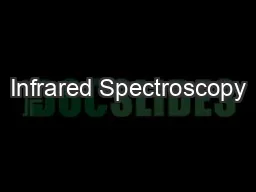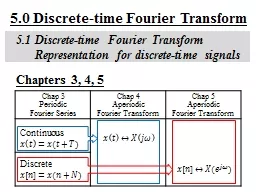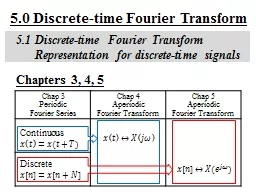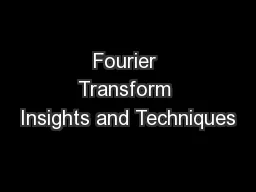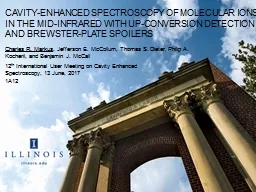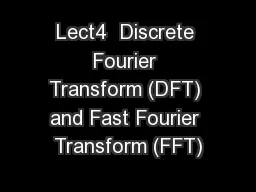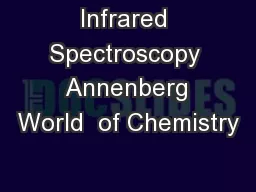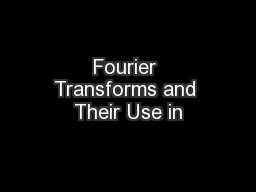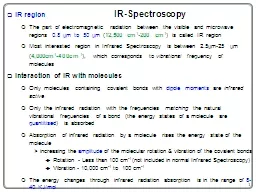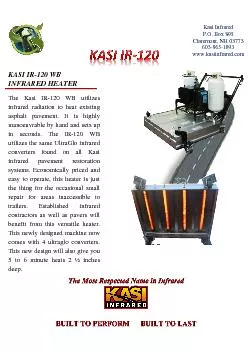PPT-FOURIER TRANSFORM INFRARED SPECTROSCOPY
Author : stefany-barnette | Published Date : 2016-03-25
Seda Yerli 20824388 Serap Sunatepe 20824245 Gonca Çalışkan 20823894 Beytepe Ankara 12042012 OUTLINE History of IR Radiation and FTIR General Information
Presentation Embed Code
Download Presentation
Download Presentation The PPT/PDF document "FOURIER TRANSFORM INFRARED SPECTROSCOPY" is the property of its rightful owner. Permission is granted to download and print the materials on this website for personal, non-commercial use only, and to display it on your personal computer provided you do not modify the materials and that you retain all copyright notices contained in the materials. By downloading content from our website, you accept the terms of this agreement.
FOURIER TRANSFORM INFRARED SPECTROSCOPY: Transcript
Download Rules Of Document
"FOURIER TRANSFORM INFRARED SPECTROSCOPY"The content belongs to its owner. You may download and print it for personal use, without modification, and keep all copyright notices. By downloading, you agree to these terms.
Related Documents

